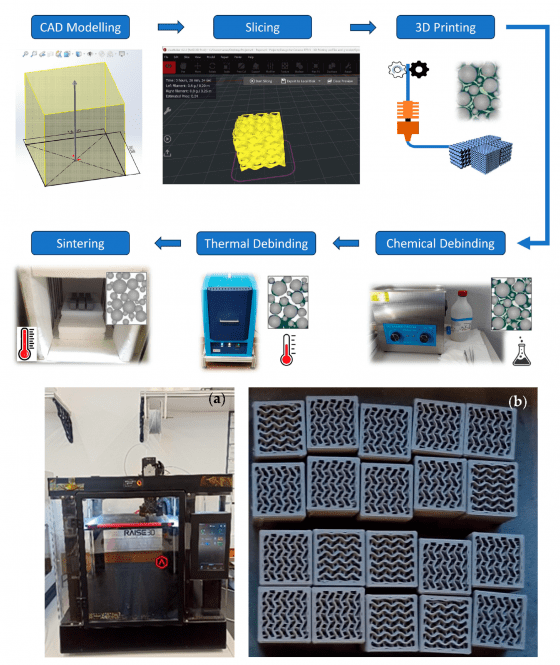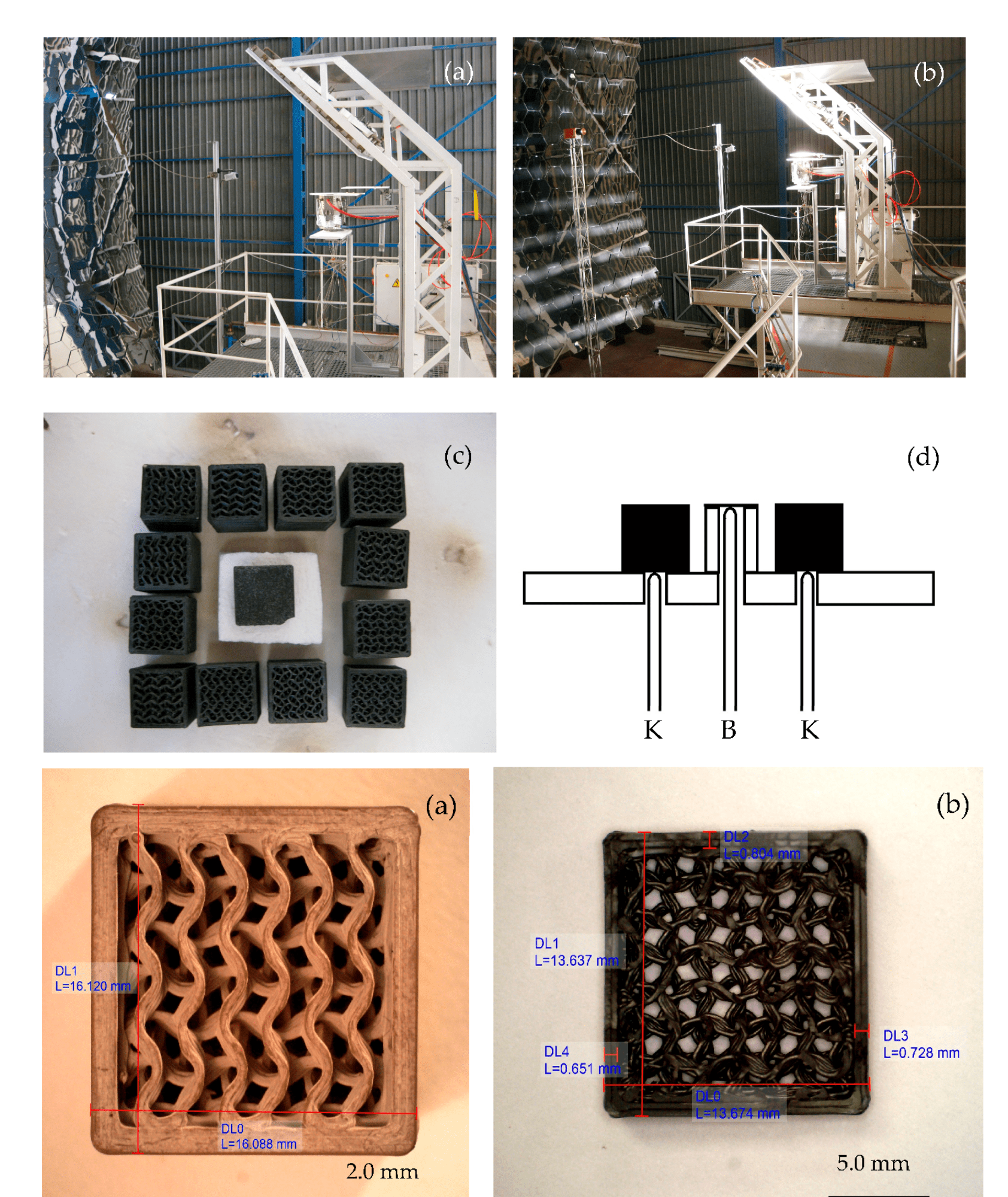
Fernando Almeida Costa Oliveira, professor at the Department of Mechanical Engineering of ISEL and principal researcher at the Laboratório Nacional de Energia e Geologia I.P has decided to leverage and test the Zetamix Black Zirconia 3D printing filament.
After investigating and evaluating the thermal shock resistance of 3D-printed porous Black Zirconia cubes under conditions simulating concentrated solar beam exposure to emphasize the material’s performance in solar power applications. Fernando posted a detailed article about his research on Crystals, the open access journal that covers all aspects of crystalline material research in different nucleation, growth, processing, and characterization of crystalline and liquid crystalline materials.

Traditional materials for components in solar open volumetric air receivers encounter difficulties in enduring the rigorous conditions of concentrated solar beams. The exposure to high temperatures, reaching up to 1300 °C, and rapid thermal shock cycles poses a significant challenge for materials like ceramics, which are inherently hard and brittle, leading to the generation of internal and surface defects. The expense of machining ceramics, estimated to account for more than 70% of component costs, further exacerbates the challenges. In response to these issues, 3D printing, specifically fused filament fabrication (FFF), emerges as a promising solution. The versatility of FFF in processing ceramic polymer materials, such as zirconia, offers a cost-effective and accessible alternative. This technological approach, demonstrated in the present research using 3D-printed porous Zetamix Black Zirconia, proves capable of withstanding the demanding conditions imposed by concentrated solar beams, showcasing its potential as a resilient and efficient material for solar power tower plants.
Figure 1. Scheme of the 3D-printing process used.
Figure 2. Raise3D Pro2 3D printer (a) and green parts after debinding (b).

Nanoe’s Black Zirconia is a material specifically engineered for extreme conditions. It’s advanced Zetamix 3D printing filament, composed of 3 mol% Y2O3-stabilized Black Zirconia, stands out for its exceptional thermal shock resistance and high-temperature capabilities. By utilizing fused filament fabrication, highly porous Black Zirconia cubes with a porosity of approximately 77% were successfully printed. The innovative filament, with added cobalt iron oxide (Co, Fe)2O4 for a distinct dark color, underwent meticulous debinding and sintering processes to achieve unique desired properties.
The final 3D printed cubes were characterized with very high crushing strength exceeding 35 MPa, showcasing superior mechanical performance compared to traditional materials. Parts were also exhibiting remarkable resilience, through extensive thermal shock testing, the cubes retained at least 60% of their initial crushing strength after exposure to thermal shock cycles ranging from 300 K to 400 K for 50 cycles.
While the current experimentation is focused on Black Zirconia due to its ease of printing and sintering, the integration of silicon carbide material would also show great resulsts. This strategic decision is based on the SiC’s superior resistance to thermal shock, making it an ideal candidate to improve the overall performance and durability of the 3D printed components.
Figure 3. Experimental setup of the guillotine system set on the power ON position (a) and power OFF position (b), top view of samples (c), and scheme of the B- and K-type thermocouples positioning (d).
Figure 4. Top view of the cubes after printing (a) and sintering (b).